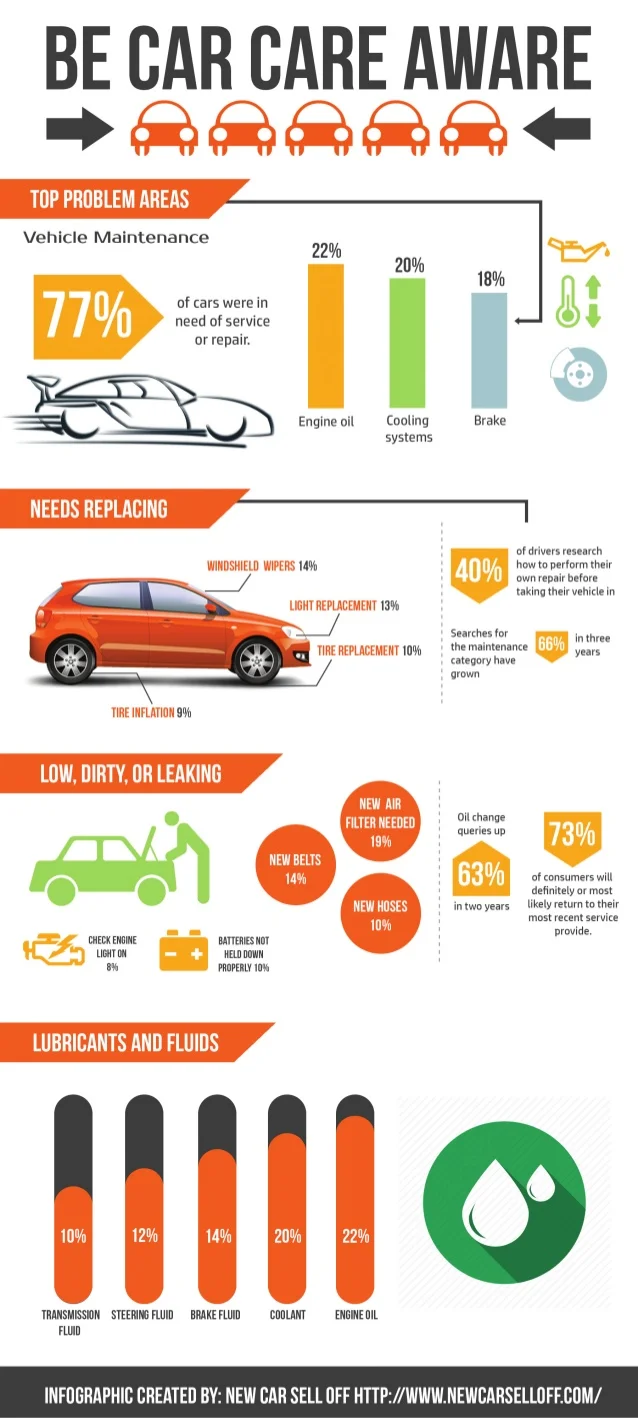Recognizing Your Cars And Truck'S Warning Lights: What Do They Really Mean?
Recognizing Your Cars And Truck'S Warning Lights: What Do They Really Mean?
Blog Article
Material Written By-Lim Torres
When you're behind the wheel, those beautiful warning lights on your dashboard can be a bit difficult. Do you know what they're trying to inform you concerning your vehicle's wellness? Comprehending car detailing botany of these lights is essential for your security and the long life of your automobile. So, the next time one of those lights appears, would not you want to understand its message properly and take the required steps to address it?
Common Caution Lighting and Interpretations
Recognize usual caution lights in your auto and understand their definitions to make sure safe driving.
The most regular warning lights include the check engine light, which indicates problems with the engine or emissions system. If this light comes on, it's critical to have your vehicle examined without delay.
The oil pressure warning light suggests reduced oil pressure, requiring immediate focus to prevent engine damages.
A blinking battery light might suggest a defective billing system, possibly leaving you stranded if not addressed.
https://ricardoyrjbu.wizzardsblog.com/29945547/the-all-inclusive-guide-to-automobile-outlining-supplies-important-tips-for-each-newbie (TPMS) light notifies you to reduced tire stress, influencing lorry security and fuel performance. Neglecting this might cause unsafe driving conditions.
The ABS light indicates a problem with the anti-lock stopping system, jeopardizing your ability to quit rapidly in emergency situations.
Finally, the coolant temperature level cautioning light warns of engine getting too hot, which can result in extreme damages if not settled quickly.
Recognizing these typical warning lights will assist you resolve concerns quickly and preserve secure driving problems.
Relevance of Prompt Interest
Comprehending the common warning lights in your automobile is only the primary step; the value of without delay attending to these warnings can not be stressed sufficient to guarantee your safety on the road.
When a caution light illuminates on your dashboard, it's your auto's method of connecting a prospective issue that needs attention. Ignoring recommended site can bring about extra extreme problems in the future, endangering your security and possibly costing you extra out of commission.
Prompt interest to advising lights can protect against malfunctions and accidents. For instance, a blinking check engine light can indicate a misfire that, if left ignored, could trigger damage to the catalytic converter. Addressing this quickly can conserve you from a costly repair work.
Likewise, a brake system alerting light might indicate low brake fluid or used brake pads, crucial components for your safety and security when driving.
DIY Troubleshooting Tips
If you discover a caution light on your control panel, there are a few DIY troubleshooting tips you can attempt before seeking specialist assistance.
The first step is to consult your cars and truck's manual to recognize what the particular caution light shows. In some cases the issue can be as straightforward as a loosened gas cap triggering the check engine light. Tightening up the gas cap might solve the issue.
Another common issue is a low battery, which can activate different advising lights. Inspecting the battery connections for rust and guaranteeing they're safe and secure may fix the problem.
If a caution light lingers, you can attempt resetting it by disconnecting the vehicle's battery for a few mins and afterwards reconnecting it. In addition, examining your automobile's fluid levels, such as oil, coolant, and brake fluid, can aid repair advising lights related to these systems.
Conclusion
Finally, understanding your cars and truck's caution lights is vital for maintaining your automobile running smoothly and securely. By quickly attending to these signals and knowing what they imply, you can avoid pricey fixings and potential break downs.
Bear in mind to consult your car's handbook for particular details on each advising light and do something about it as necessary to guarantee a trouble-free driving experience.
Keep notified, remain safe on the road!
